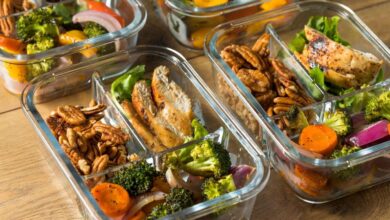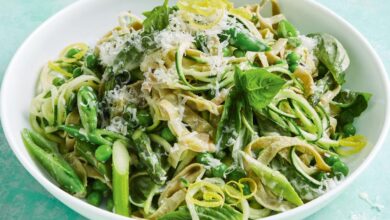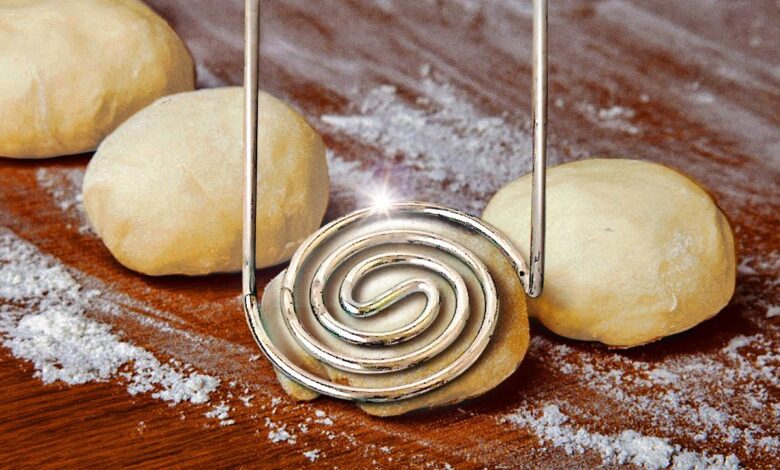
Simple Baking Hacks for Healthier Treats at Home
Simple baking hacks to create healthier baked goods at home are a game-changer for anyone who loves indulging in delicious treats without sacrificing their health. Whether you’re looking to reduce sugar, embrace whole grains, or simply add more nutrients to your baking, these clever tips and tricks will transform your kitchen into a haven for healthy and satisfying desserts.
From swapping out refined sugar for natural sweeteners to incorporating nutrient-rich ingredients like nuts, seeds, and fruits, this guide will equip you with the knowledge and confidence to bake healthier versions of your favorite treats. You’ll discover how to adjust recipes for different types of whole grains, reduce added fat without compromising flavor, and even incorporate vegetables into your baked goods without altering the taste.
Swap Out Unhealthy Ingredients
Baking doesn’t have to be a guilt trip. You can still enjoy delicious treats while making healthier choices. Let’s explore some simple swaps that can transform your favorite recipes.
Replace Refined Sugar with Natural Sweeteners
Natural sweeteners like honey, maple syrup, or dates offer a healthier alternative to refined sugar. They provide a touch of sweetness while adding unique flavors and nutrients. Here’s how to use them effectively:
Honey and maple syrup have a 1:1 ratio with granulated sugar. However, they tend to be more liquid, so you may need to adjust the baking time slightly.
Dates are a great option for adding sweetness and texture. Blend them into a paste and use it as a sugar substitute in cakes and cookies.
Healthier Baking Substitutions for Butter, Oil, and White Flour
There are plenty of healthier alternatives for common baking ingredients. These swaps can reduce fat, calories, and improve the nutritional profile of your baked goods.
Butter and Oil Substitutions
- Applesauce:Applesauce can replace up to half of the butter or oil in a recipe. It adds moisture and a subtle sweetness.
- Avocado:Mashed avocado can be used in place of butter or oil in muffins and cakes, providing a rich and creamy texture.
- Coconut Oil:Coconut oil is a healthier alternative to butter or oil, with a unique flavor and a slightly higher smoke point.
White Flour Substitutions
- Whole Wheat Flour:Whole wheat flour is a great source of fiber and nutrients. Start by replacing 25% of the white flour with whole wheat, gradually increasing the amount as you get used to the taste and texture.
- Oat Flour:Oat flour is a gluten-free option that adds a nutty flavor and a slightly chewy texture.
- Almond Flour:Almond flour is another gluten-free option that’s high in protein and fiber. It’s often used in cakes and cookies.
Using Fruit Purees or Yogurt to Add Moisture and Flavor
Fruit purees and yogurt are excellent for adding moisture and natural sweetness to baked goods. They can be used in place of some of the oil or butter, creating a healthier and more flavorful result.
- Banana Puree:Banana puree is a great way to add moisture and sweetness to muffins, cakes, and breads.
- Pumpkin Puree:Pumpkin puree adds a subtle sweetness and a rich, earthy flavor to muffins, cookies, and cakes.
- Greek Yogurt:Greek yogurt adds moisture and tanginess to muffins, pancakes, and quick breads.
Embrace Whole Grains
Whole grains are a nutritional powerhouse, packed with fiber, vitamins, and minerals. They are a key component of a healthy diet, and incorporating them into your baking can significantly enhance the nutritional profile of your treats. Switching to whole grains in your baking is a simple yet impactful way to improve your overall health.
Benefits of Using Whole Grains
Whole grains offer a multitude of benefits, making them a smart choice for your baking endeavors.
- Increased Fiber Content:Whole grains are rich in fiber, which aids digestion, promotes satiety, and helps regulate blood sugar levels.
- Improved Heart Health:Studies have shown that a diet rich in whole grains can reduce the risk of heart disease.
- Enhanced Nutrient Profile:Whole grains are packed with essential vitamins and minerals, including B vitamins, iron, magnesium, and zinc.
Adjusting Recipes for Different Types of Whole Grains
While whole wheat flour is the most common type, other whole grains like oat flour and spelt flour can also be used in baking.
- Oat Flour:Oat flour is naturally gluten-free and has a slightly sweet and nutty flavor. It’s a good choice for cakes, cookies, and pancakes.
- Spelt Flour:Spelt flour has a slightly nutty and earthy flavor and a higher protein content than wheat flour. It’s suitable for bread, pizza dough, and pastries.
When substituting whole grain flours for all-purpose flour, it’s important to adjust the recipe accordingly.
Whole grains absorb more liquid than refined flours, so you may need to add extra liquid to your recipe.
For example, if a recipe calls for 1 cup of all-purpose flour, you may need to use 1 1/4 cups of whole wheat flour and add 1-2 tablespoons of extra liquid.
Tips for Achieving a Soft and Fluffy Texture with Whole Grain Flour
While whole grain flours are nutritious, they can sometimes result in denser baked goods. Here are some tips to achieve a soft and fluffy texture:
- Use a combination of flours:Blending whole grain flour with a portion of all-purpose flour can help create a lighter texture.
- Add leavening agents:Using adequate amounts of baking powder or baking soda will help to create lift and airiness in your baked goods.
- Proper mixing:Overmixing can develop gluten, leading to a tough texture. Mix the batter just until combined.
Reduce Added Fat: Simple Baking Hacks To Create Healthier Baked Goods At Home
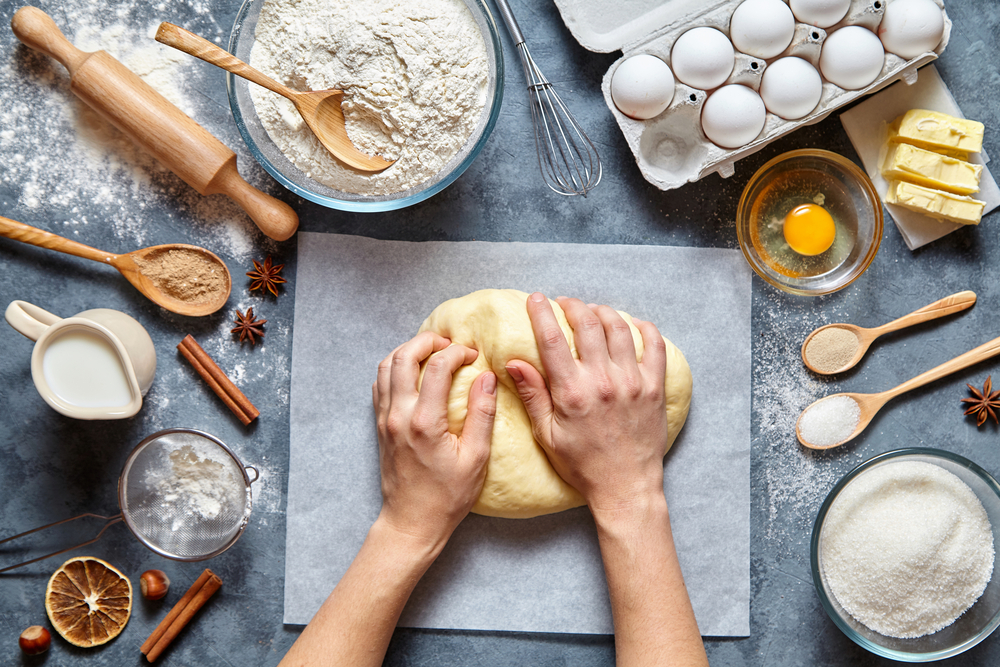
Reducing fat in baked goods is a great way to make them healthier without sacrificing flavor or texture. While some fat is essential for creating a tender crumb and rich flavor, there are ways to use less without compromising the outcome.
Using Applesauce or Mashed Banana
Applesauce and mashed banana are excellent alternatives to butter or oil in baking. They add moisture and sweetness, while also contributing to a healthier profile.
- Applesauce is a versatile ingredient that can be used in cakes, muffins, cookies, and even quick breads. It’s particularly effective in recipes calling for oil, as it helps to create a moist and tender texture.
- Mashed banana is another great option, especially in recipes that benefit from a subtle banana flavor. It works well in muffins, quick breads, and even pancakes.
Benefits of Using Applesauce or Mashed Banana
Using applesauce or mashed banana in baking offers several benefits:
- Reduced Fat and Calories:Both applesauce and mashed banana are naturally low in fat and calories, making them healthier alternatives to butter or oil.
- Increased Fiber:Applesauce and mashed banana are good sources of dietary fiber, which can help with digestion and blood sugar control.
- Added Moisture:They contribute to a moist and tender texture in baked goods, making them more appealing.
- Natural Sweetener:Applesauce and mashed banana add sweetness to baked goods, reducing the need for added sugar.
Boost Nutrition
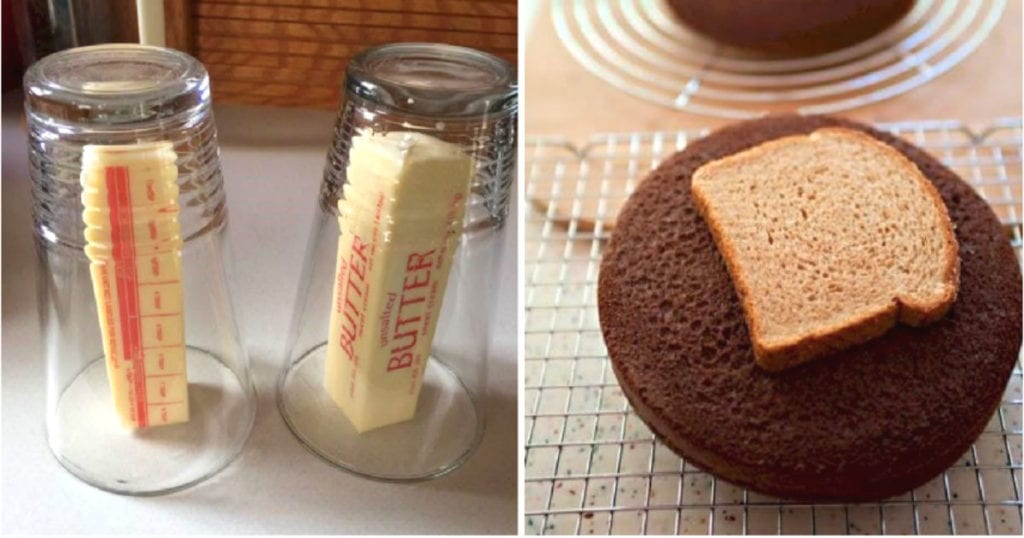
Beyond simply making your baked goods healthier, you can also use them as a vehicle to deliver a powerful dose of nutrients. By incorporating nutrient-rich ingredients like nuts, seeds, and dried fruits, you can turn your treats into mini-superfoods.
Adding Nuts and Seeds
Nuts and seeds are packed with healthy fats, fiber, protein, and essential vitamins and minerals. They add a satisfying crunch and a boost of flavor to baked goods.
- Choose a variety:Experiment with different nuts and seeds, such as almonds, walnuts, pumpkin seeds, sunflower seeds, and flaxseeds. Each offers a unique flavor profile and nutritional benefits.
- Incorporate them into recipes:Add them to cookie dough, muffin batter, or even sprinkle them on top of bread for a delightful crunch.
- Grind them for a smoother texture:For a finer texture, grind nuts and seeds into a meal or paste and use them in cakes, brownies, or even pancakes.
Dried Fruits
Dried fruits are a concentrated source of vitamins, minerals, and fiber. They add sweetness and a burst of flavor to baked goods.
- Select dried fruits without added sugar:Look for unsweetened or naturally dried fruits to avoid unnecessary added sugar.
- Chop them for even distribution:Chop dried fruits into smaller pieces for easier incorporation into batter or dough.
- Use them in various recipes:Add dried fruits to cookies, muffins, breads, or even granola bars for a delightful and nutritious treat.
Adding Vegetables
You might be surprised to learn that you can add vegetables to baked goods without altering the taste. Vegetables like zucchini and carrots add moisture, fiber, and vitamins without compromising the flavor.
- Grate them finely:Grate the vegetables finely so they blend seamlessly into the batter.
- Use them in muffins, breads, and cakes:Zucchini is particularly well-suited for muffins and breads, while carrots are excellent in cakes and quick breads.
- Don’t be afraid to experiment:Try different vegetables and see what works best for you.
Chia Seeds and Flaxseed Meal
Chia seeds and flaxseed meal are excellent sources of fiber, omega-3 fatty acids, and other essential nutrients. They add a subtle nutty flavor and a boost of nutrition to baked goods.
Simple baking hacks can make a world of difference when it comes to creating healthier treats. Swapping out refined sugar for natural sweeteners like maple syrup or honey is a great start. And don’t forget to consider the flour you use – whole wheat or even a blend of flours can add more fiber and nutrients.
Speaking of healthy swaps, you might be surprised to learn that pasta can actually be a healthy choice when you choose whole-wheat varieties and cook it with lean protein and plenty of vegetables. Can pasta be healthy ? Absolutely! And when it comes to baking, don’t be afraid to experiment with different healthy fats like olive oil or avocado oil.
A little creativity can go a long way in making your favorite baked goods a little bit better for you.
- Use them as egg replacers:Both chia seeds and flaxseed meal can be used as egg replacers in vegan baking.
- Add them to smoothies, yogurt, or oatmeal:They can also be added to smoothies, yogurt, or oatmeal for an extra nutritional boost.
- Mix them into batter or dough:Add them to cookie dough, muffin batter, or even bread dough for extra fiber and nutrients.
Simple swaps like using whole wheat flour and natural sweeteners can make a big difference in the nutritional value of your baked goods. It’s all about making small changes, like Charlotte did when she went on that amazing vacation to lose half her body weight.
Inspired by her transformation, I’ve been experimenting with healthier baking hacks, and I’m excited to share my discoveries with you! From finding the perfect substitute for butter to incorporating more fruits and vegetables, there are so many ways to make your favorite treats a little bit better for you.
Baking Techniques for Healthier Results
Beyond swapping ingredients, certain baking techniques can significantly impact the healthfulness of your baked goods. These methods not only enhance the nutritional profile but also improve the overall quality and taste of your creations.
Using Parchment Paper or Silicone Baking Mats
Parchment paper and silicone baking mats offer a healthier alternative to greasing pans. They prevent food from sticking, eliminating the need for excessive butter or oil. This reduces the overall fat content of your baked goods, contributing to a healthier outcome.
Additionally, these materials are reusable, reducing waste and making them environmentally friendly.
Simple baking hacks like using whole wheat flour or swapping sugar for natural sweeteners can make a big difference in the healthiness of your treats. And don’t forget about the power of vegetables! A simple way to incorporate them is by making a batch of slow cooker vegan mashed sweet potatoes , which can be used as a base for muffins, cakes, or even just a delicious side dish.
With a little creativity, you can easily create healthier versions of your favorite baked goods without sacrificing flavor.
Using High-Quality Ingredients
The quality of your ingredients directly impacts the nutritional value and flavor of your baked goods. Opting for whole grains, unrefined sugars, and fresh, seasonal fruits and vegetables adds essential nutrients and enhances the natural sweetness and flavor. For instance, using whole wheat flour instead of refined white flour provides fiber, vitamins, and minerals, contributing to a healthier and more satisfying baked good.
Measuring Ingredients Accurately, Simple baking hacks to create healthier baked goods at home
Accurate measurement is crucial for successful baking. Using precise measurements ensures that the ingredients are combined in the correct proportions, leading to consistent results. This is particularly important when working with leavening agents like baking soda and baking powder, which require precise quantities for proper activation.
A kitchen scale can be a valuable tool for accurate measurement, especially for ingredients like flour and sugar.
Creative Healthy Baking Ideas
Healthy baking doesn’t mean sacrificing flavor or fun! It’s about embracing wholesome ingredients and finding creative ways to satisfy your sweet tooth without compromising your health. Here are some ideas to inspire your next healthy baking adventure.
Healthy Baking Recipes
Here’s a table showcasing some healthy baking recipes, highlighting their ingredients, sweetness, and nutritional benefits:
| Recipe | Ingredients | Sweetness | Nutritional Benefits |
|---|---|---|---|
| Banana Oat Muffins | Whole wheat flour, rolled oats, mashed bananas, honey, cinnamon | Naturally sweet | High in fiber, potassium, and antioxidants |
| Carrot Cake with Cashew Cream Cheese Frosting | Whole wheat flour, carrots, applesauce, spices, cashews, maple syrup | Naturally sweet | Rich in vitamin A, fiber, and healthy fats |
| Chocolate Avocado Brownies | Avocado, cocoa powder, maple syrup, almond flour, vanilla extract | Naturally sweet | High in healthy fats, fiber, and antioxidants |
| Apple Cinnamon Oatmeal Cookies | Rolled oats, applesauce, cinnamon, maple syrup, walnuts | Naturally sweet | High in fiber, antioxidants, and healthy fats |
Naturally Sweet, Gluten-Free, or Vegan Baking Recipes
Looking for specific dietary needs? Here are some recipes that cater to various preferences:
- Naturally Sweet:Date and Walnut Energy Balls, Apple Cinnamon Crumble, Baked Pears with Honey and Nuts
- Gluten-Free:Almond Flour Cookies, Coconut Flour Pancakes, Quinoa Bread
- Vegan:Banana Bread with Flaxseed “Egg,” Vegan Chocolate Chip Cookies, Vegan Pumpkin Pie
Healthy Baking Recipe: Banana Oat Muffins
These muffins are packed with fiber, potassium, and antioxidants, making them a nutritious and satisfying breakfast or snack. The sweetness comes naturally from the bananas, eliminating the need for added sugar. The oats provide a hearty texture and a boost of fiber, while the cinnamon adds warmth and flavor.
Concluding Remarks
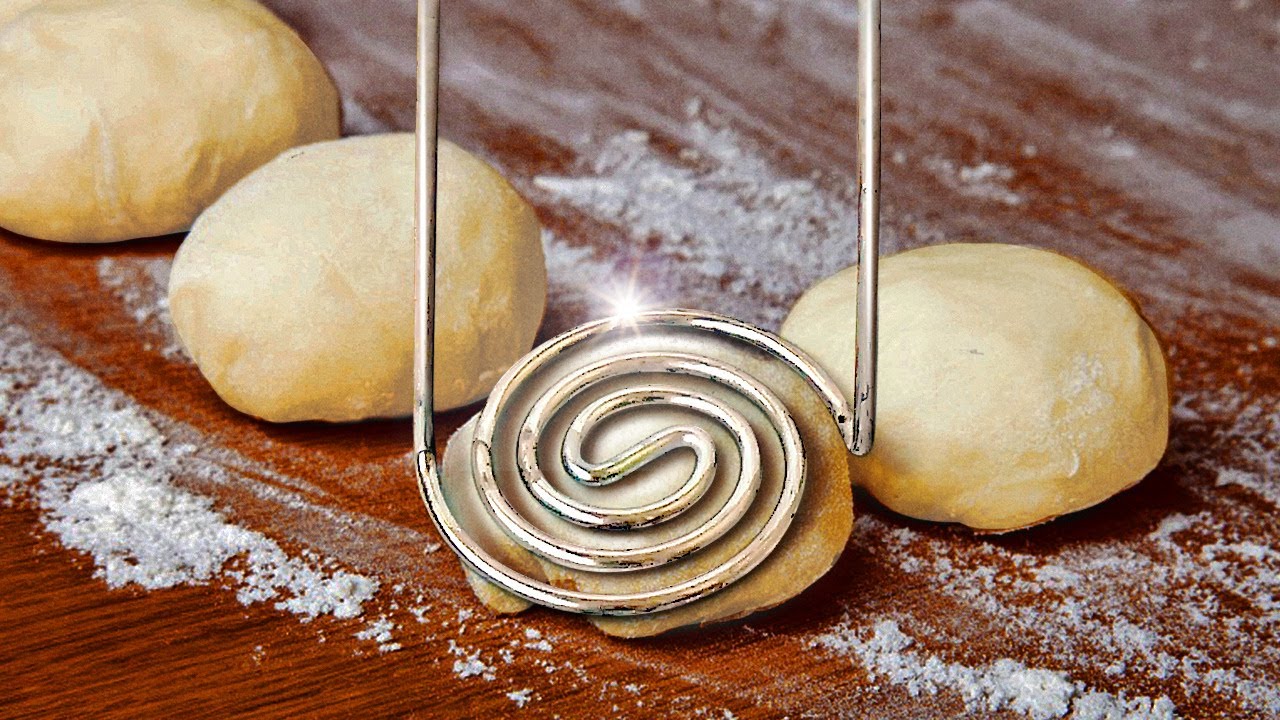
By embracing these simple baking hacks, you can enjoy the joy of baking while creating healthier treats that nourish your body and satisfy your taste buds. From classic cookies and cakes to innovative gluten-free and vegan options, the possibilities are endless.
So, gather your ingredients, put on your apron, and embark on a culinary journey filled with deliciousness and wellness!

